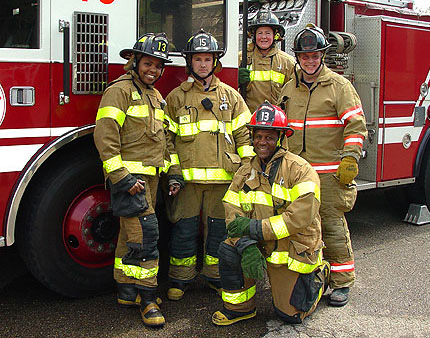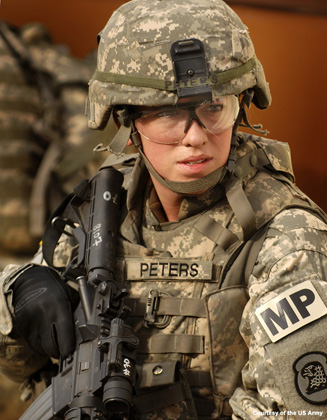I am not talking about the police officer, the soldier or the firefighter. I am talking about what is right behind the badge or more accurately what is holding the badge: the uniform.
We all have different feelings when it comes to uniforms: feelings of disgusts due to a strong smell of French fries because of a summer working at a fast-food restaurant, feelings of relief watching the firetruck pulling in the driveway to save someone dear, a feeling of panic being over the speed limit and passing a police car. But the uniform is not there only to make the person easily recognized, it is also to protect that person from the danger they might face during his or her duties.
Uniforms are not made of a simple heavy cotton weave fabric anymore. Now each uniform is engineered in an equation to perform its final use. Let’s look at a couple of examples that will illustrate the long way uniforms have come through the years.
Everybody’s favorite uniform is the firefighter uniform. So let’s take a closer look at what they are wearing and what technologies are involved in trying to make their job easier and more comfortable.

First, they need to be protected from fire and heat so their coat and pants have a flame retardant coating that will prevent a fire from burning them. But that coating needs to be breathable to wick sweat from the skin into the air to allow cooling and avoid heat stroke. The coat and pants also need to be water repellent in order for them to stay dry while fighting fire or saving a life on the highway. The coat has to be functional (pockets and other accessories to carry heavy equipment easily) but as light as possible in order not to impair movements.

Another favorite is the military. When soldiers are deployed, they need to have the best of all technologies from drones to tanks but let’s not forget their uniform. The printed pattern is already a master of engineering to camouflage them in every circumstance. Like firefighters, uniforms are fire retardant, water repellent, breathable and comfortable. But recently, a lot of work has been done to provide soldiers with uniforms that are treated with health and environmentally friendly chemistries. The fire retardants are already bromine free while the water repellents are in a transition phase from PFOAs to Fluorine-Free. In order to improve comfort, carbon fibers are used in other types of equipment to provide light weight and strength.
Once again, an example of how textile chemistry can improve daily activities. Engineered fabrics are constantly being developed and these professions are leaders in such development. The military is often the first to benefit from these new technologies but they are then passed down to the outdoor/sports industry and later on in the apparel industry for all of us to enjoy!
So here is another reason to thank all the soldiers and service men and women who protect us every day!